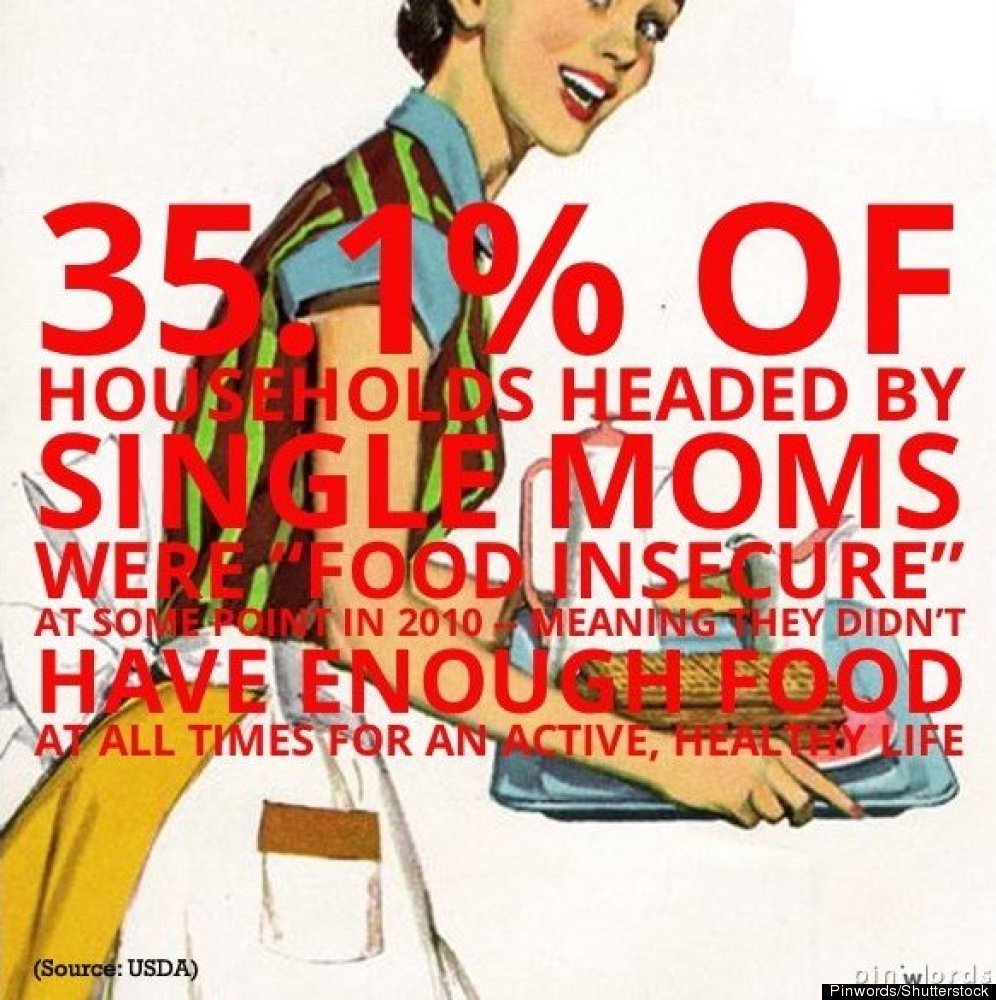Audio-book Review
By Chet Yarbrough
(Blog:awalkingdelight)
Website: chetyarbrough.blog
Those Who Leave and Those Who Stay
Written by: Elena Ferrante
Narration by: Hillary Huber

ELENA FERRANTE (A writer who chose to be anonymous until she was revealed by the press to be the author of the Elena Greco/Lila trilogy.)
“Those Who Leave and Those Who Stay” reflects on the difference between women “doing” and women “thinking”.
“Those Who Leave and Those Who Stay” is the last book of four by an author known by the pseudonym Elena Ferrante. It is a book about Italy in the 1960s and 70s. As in the United States, this is a time of social upheaval. Student revolution and class warfare headline Italian media.
In Italy, neo-fascists and communist parties compete for Parliamentary seats at opposite ends of the political spectrum. A neo-fascist’ party presses to capitalize on economic prosperity of the 50s while communist sympathizers rail against economic disparity between owners and workers.
Ferrante’s story is about a young female author, Elena Greco, who has written a book about coming of age in this era of Italian upheaval. To men, Elena reveals insight to an erotic chasm between the sexes. To women, she offers insight to inequality of the sexes.

Elena reveals how life is a struggle for all women; i.e. those who escape poverty, as well as those who remain mired in it.
Sadly, Ferrante ends her book in bewilderment. Her hero, Elena Greco, appears to surrender to a world tainted by male domination. To add to that bewilderment, her counter-culture maven named Lila, succumbs to the sterile belief that self-interest is all that matters in life.
The author reflects on how formal and street-wise education in Italy impacts social change. Elena Greco, Ferrante’s protagonist, is a lower class Italian that rises to fame and fortune by being the first in her family to graduate from college. She is a writer. She is a thinker. Her first book is published to wide acclaim for its depiction of a girl growing into a woman. She is struggling to find her way through middle life by writing a second book. She has a tumultuous relationship with her mother who secretly admires her daughter’s accomplishment and ability. She becomes engaged and marries a rising college professor but grows to resent his intellectual beliefs and dominating self-interest.

WOMEN ON THEIR OWN (Ferrante creates a less conventional character named Lila.)
Lila, who comes from the same neighborhood as Elena but escapes poverty by marrying a relatively successful merchant, whom she later divorces. The divorce can be explained in different ways and for different reasons but the immediate consequence is Lila’s return to poverty. She did not pursue a formal education but is educated by the street. She is a doer. She is tough, insightful, and independent.
Lila has two children, a daughter who stays with her former husband, and another, a boy, that she is pregnant with when she divorces. She, like Elena, has a tumultuous relationship with her mother. The relationship appears irreconcilable because her mother believes her a whore who left a husband that gave her security and extended family respectability.

To survive, Lila breaks with her extended family, goes to work in a sausage factory, and lives with a male friend to reduce living expenses. Partly out of necessity, Lila leaves her boy with neighbors when working but also resents the un-shared burden of motherhood.
Elena and Lila are friends from childhood but their paths to adulthood diverge. As adults, their lives periodically intersect to crystallize differences between revolutionaries that think, and revolutionaries that do.

Lila is a pioneer; a woman ahead of her time, “a doer”.
Elena becomes part of the intelligentsia–those who think, while Lila is street educated–those who do. In their journey through life, one sees Elena using her intelligence to parse the difference between love, sex, success, and failure. With knowledge as a thinker, Elena pursues independence.
In Lila, one sees an equal intelligence that deals daily with being a woman, a worker, and mother in a man’s world; doing what is necessary to win independence. Lila sees potential in the technology industry and capitalizes on its growth. She eventually starts her own company.
Both heroines seem to break free to become independent human beings. Elena achieves freedom as a consequence of thinking; while Lila achieves freedom as a consequence of doing. Both bear the consequence of their independence.
In the end, a listener becomes bewildered by Elena’s view of freedom because it seems constrained by how a man views women rather than how women view themselves. It seems, to a believer in equality of the sexes, that Elena Ferrante abandons her “female independence and equality” theme.
Ferrante’s main character–Elena Greco, in her second book, ironically writes about man’s creation of woman; i.e. an odd assessment for one who wrote a first book that infers women are independent and equal to men.

In the beginning, Ferrante shows women are the sun, around which men revolve. In Ferrante’s second and last book of the trilogy, a cloud appears between the sun and its planets. Independence and equality become something else.

